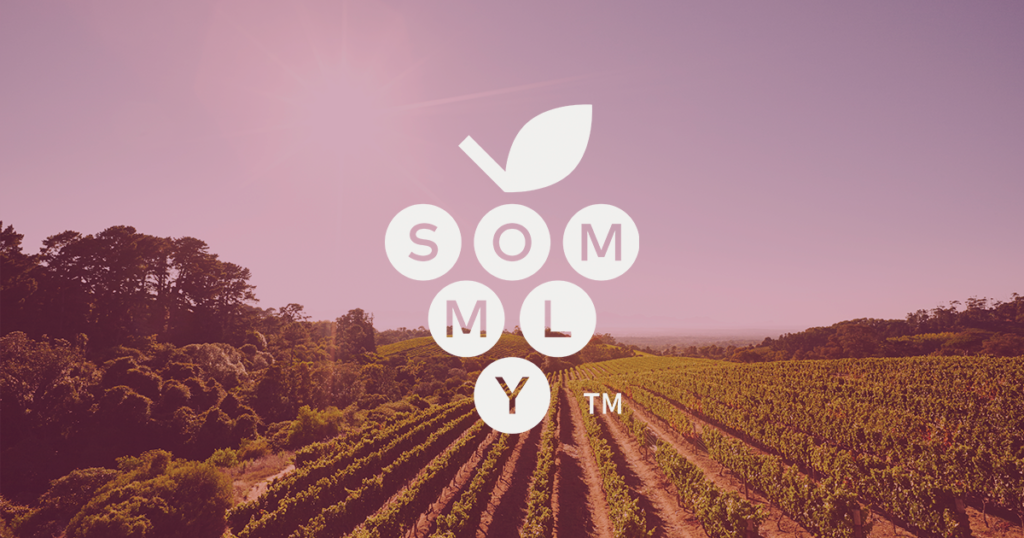There’s an old adage about the wine business, “How do you make a small fortune in wine? You start with a large one.”
At Sommly, our vision is to change that.
In early 2015 Sara, my future wife and Sommly’s co-founder, and I visited the Texas Hill Country AVA for the first time as a couple. I had made it through the first few months of the University of Texas’ MBA program and we needed a break from the chaos of classes and work.

While we both enjoyed wine, we knew little about it, and despite living in nearby Austin, we had rarely purchased or drank Texas wine. It was on this journey that we discovered that Texas wine can be surprisingly delicious and dynamic.
Fast forward to 2021, on a similar drive out to the Texas hill country, I turned to Sara and asked her which wineries we should try that weekend. Sara hopped on her phone and started to look up information about Texas wineries, and that’s when we discovered how little is written about Texas wine.
Despite the Texas Hill Country AVA being the third largest American Viticultural Area (AVA) in the second most populated state, many of the wineries in the region struggle with discoverability. Like most of the 11,000+ wineries in the US, a majority of Texas wineries do not sell their wine off-premise.
The following day we made our weekly pilgrimage to our local supermarket and found that not only was the Texas wine selection sparse, but it was also relatively well-hidden. We found it fascinating that the wine on the shelf was listed for the same price as a bottle on-premise. Being versed in the three-tier system, we instantly recognized that the profits that wineries received from a sale of a bottle at our local supermarket, was likely a small fraction of what they would receive had we purchased a bottle at the winery.
For those new to the three-tier system, the first 28-30% of margin is taken by the distributor and then an additional 30-50% of margin taken by the retailer. There are additional hidden fees in the three-tier system as well. Distributors do not help create demand at a retail store to earn that premium shelf space, so wineries end up footing the bill for marketing expenses as well.
2020 compounded the winery-margin challenge as COVID devastated the wine tourism industry. Wineries were suddenly met with the grim reality that reliance on only on-premise sales was going to make for a tough year. A mad dash to build eCommerce websites and launch virtual events ensued.

Building a fully integrated eCommerce website is not an inexpensive venture. You’ll pay for hosting, design, SSL certificates, website development, CMS and more. And a website without customers visiting is worthless, so you’ll need to invest in marketing to improve your search engine optimization, advertising, and other media expenses.
For wineries, the DTC market opportunity is too great to miss. US consumer spending on domestic wine totaled $46.4 billion in the 12 months that ended in January 2021. According to the Wines Vines Analytics report, over that same time period, DTC shipments increased by 15% and totaled $3.7 billion (+23%). It’s a big market that is growing at a fast clip. We believe that with the millennial and Z generations embracing eCommerce wholeheartedly, this trend will only continue to accelerate.
At Sommly, we believe that together, we are stronger. That’s why the Sommly team is building a wine marketplace, as a new channel of demand for wineries, that facilitates transactions much like the way that Etsy operates. Our goal is to remove the barriers to eCommerce technology, and enable producers of all sizes to reach the digital wine marketplace.
We’ll charge a nominal subscription fee to host eCommerce products on our platform, and to facilitate the transaction. And we’ll leverage economies of scale to drive consumers to the site, thereby enhancing the discoverability of your winery, and drive more traffic, accessibility and transparency to the wine industry overall.
We hope that you’ll join us on this journey!


